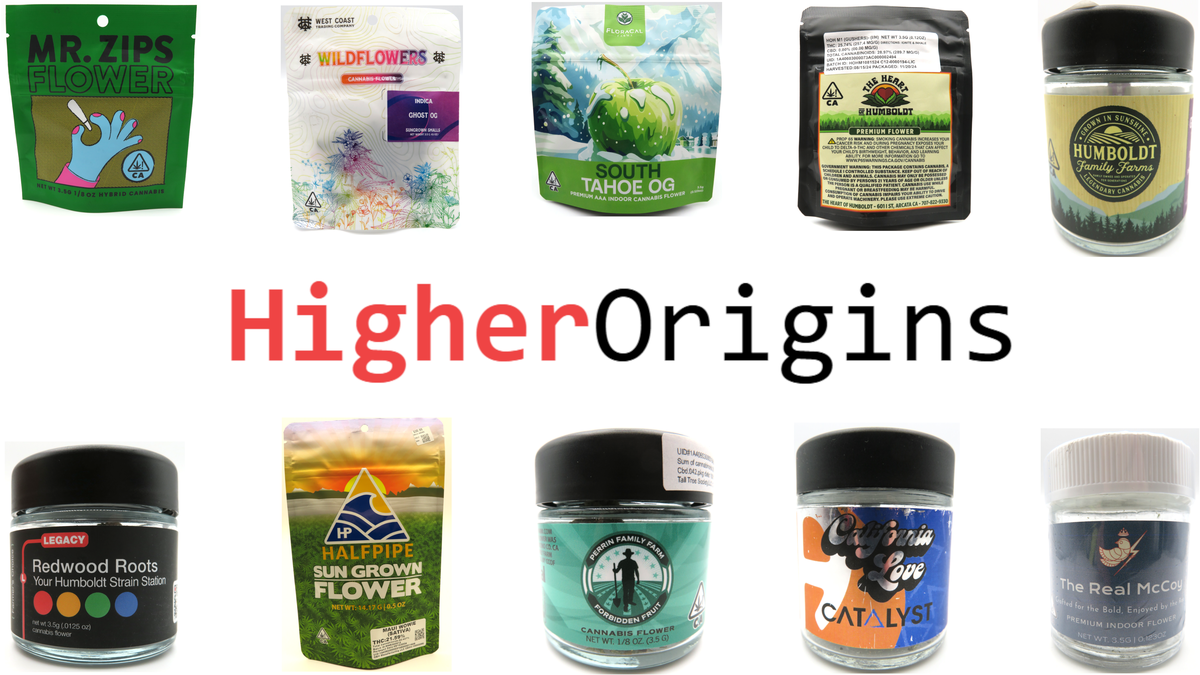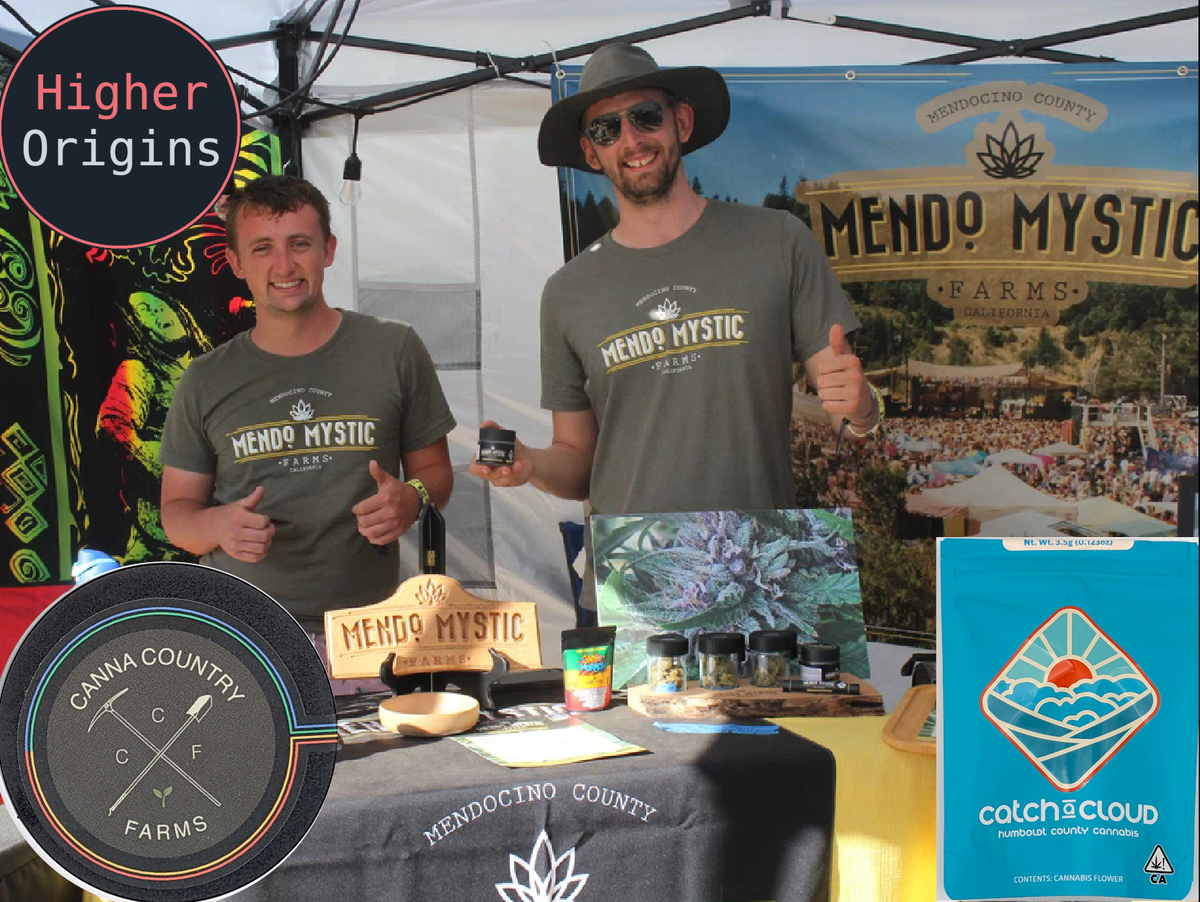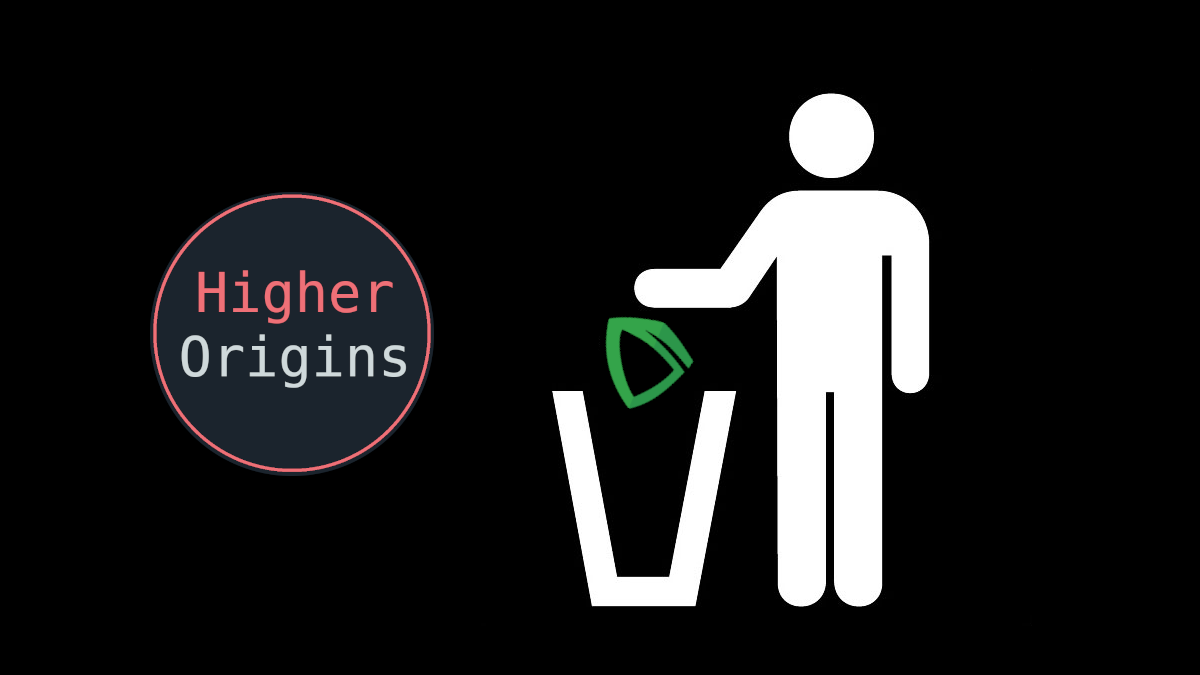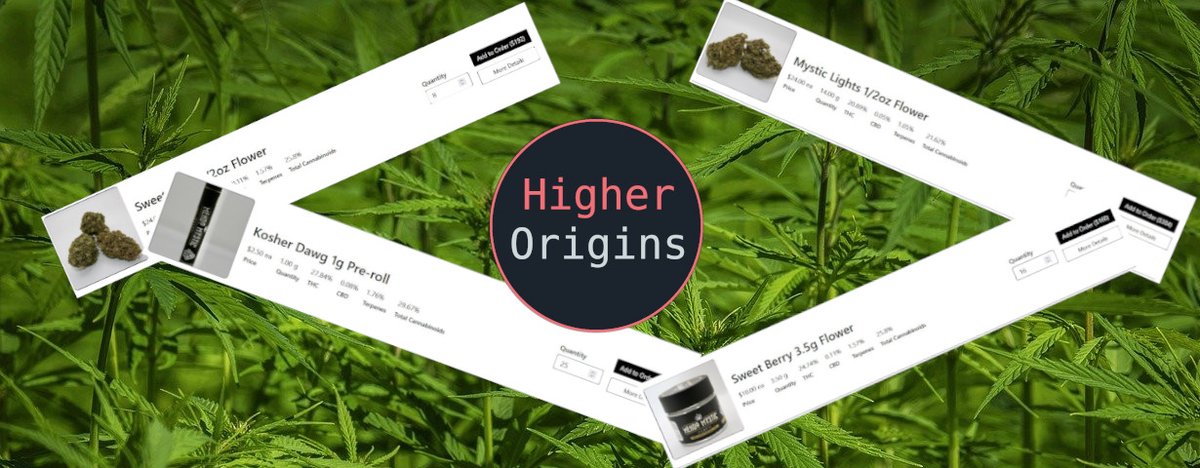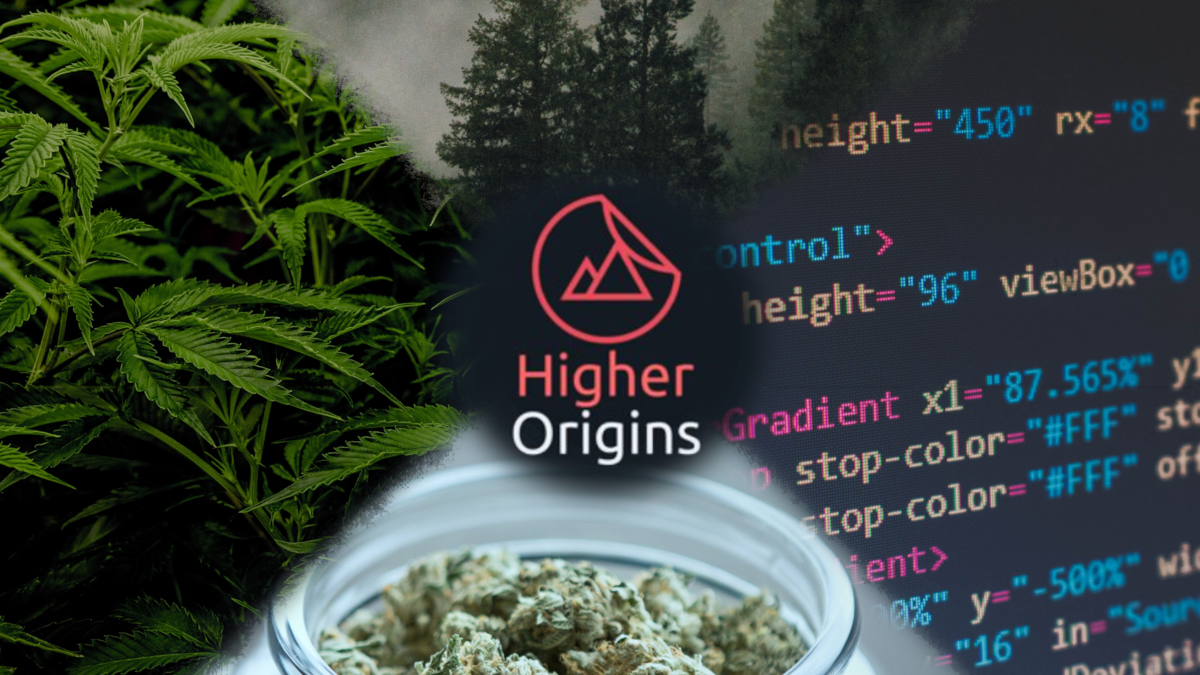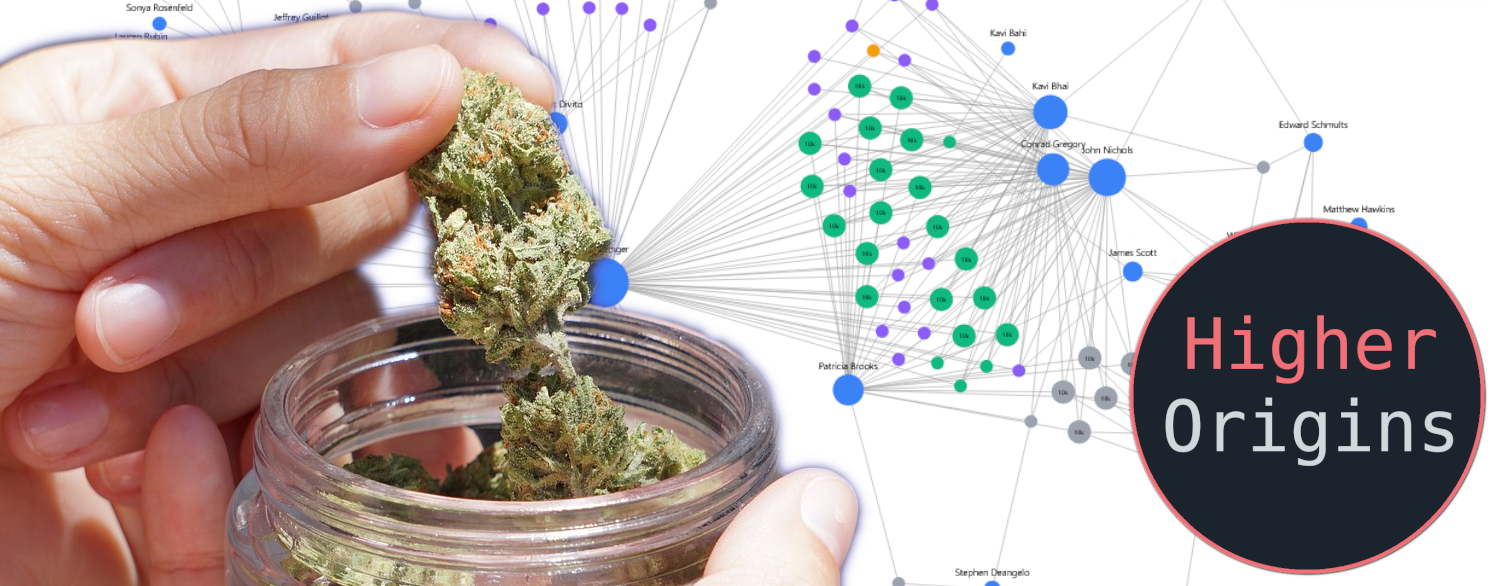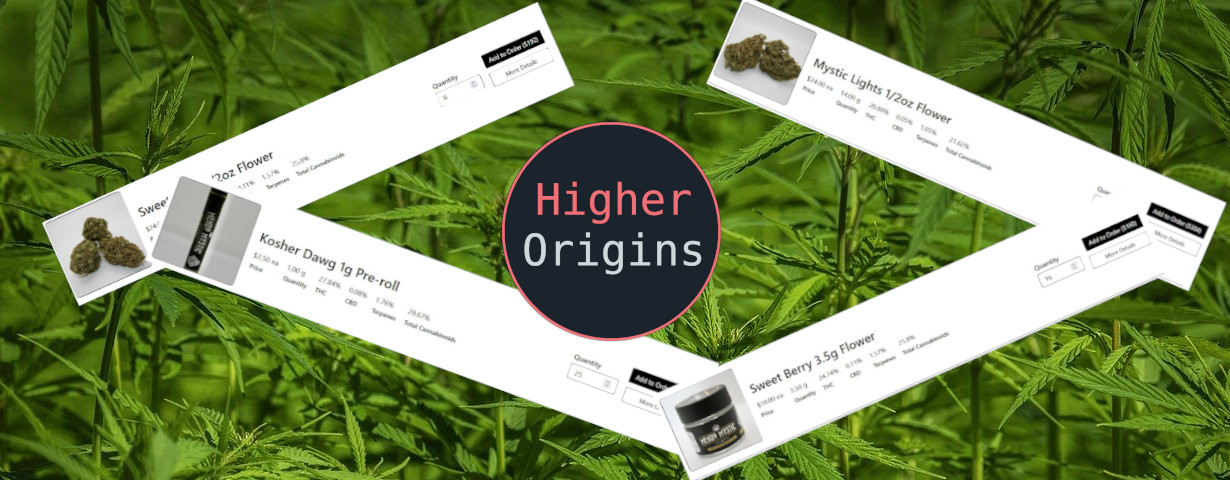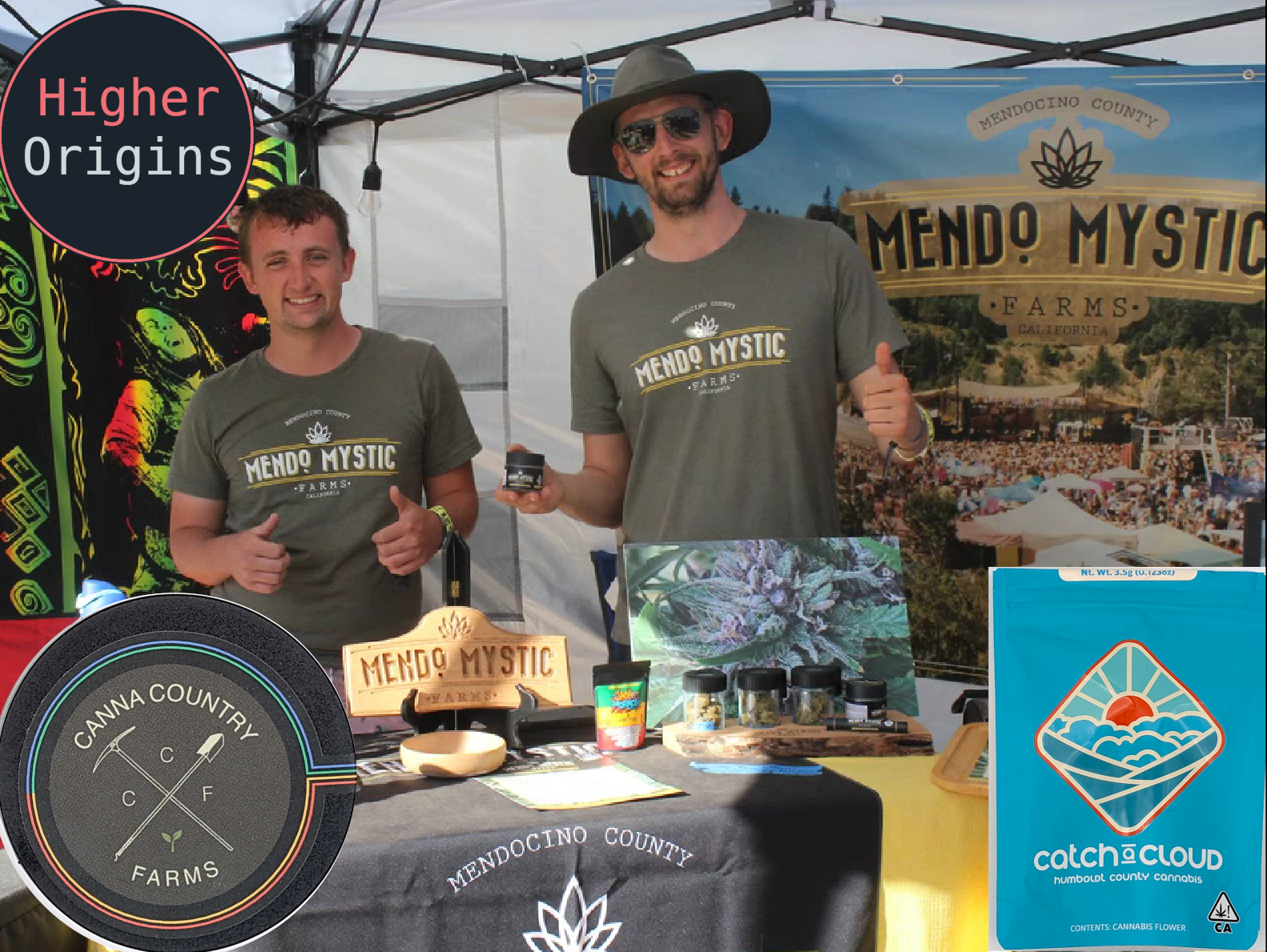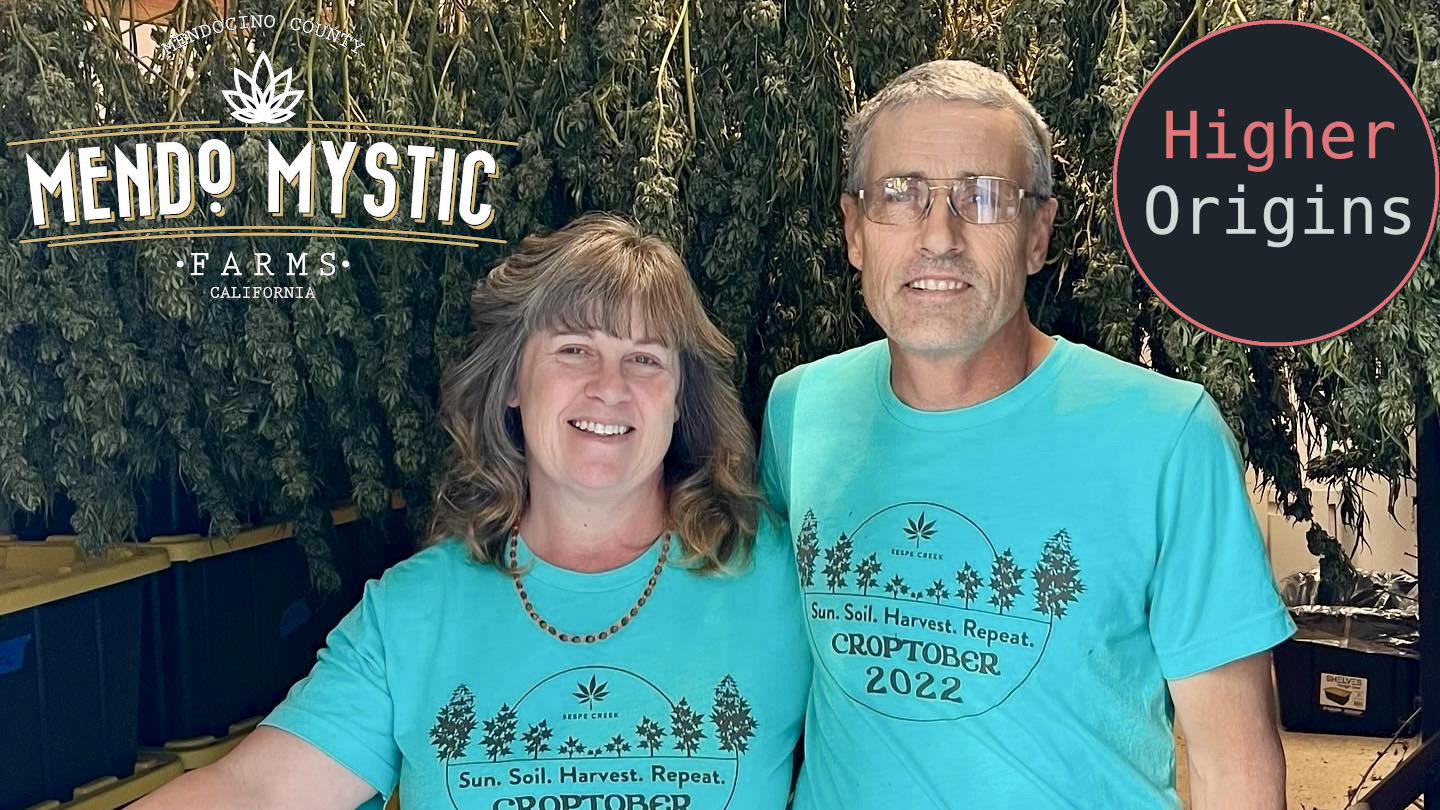MSO M&A
Even while most of us are going broke, big Multi-State Operators, industry whales, and their capital partners are going shopping. Acquisitions increased in 2021, and even in the face of economic uncertainty, this year seems like the trend will continue. The juggernaut Canopy is consolidating control in the concentrates market by acquiring Jetty. After being bought by Canadian investors, Mega-farm operator Glass House has been gobbling up retail licenses like they’re edibles from the brand PLUS, who they also bought. Santa-Rosa based CannaCraft has merged with SoCal distro/retail business March and Ash to become Groundwork. These are just a few examples of the big money moves happening in the industry.
The old adage that cannabis is recession proof will be tested again as economic headwinds pick up and VC’s notice that everyone in California is still buying weed like mad. Recurring retail revenue is a big attractor to investors, regardless of how many layers of industry complexity it takes to get to it. Our bet is that there’s some momentum behind this trend and we’ll see a few more fat checks written this year. What nobody can say is how effective these big businesses are, or if their scale will insulate them from whatever new regulatory-induced pitfalls come out of Sacramento. One thing’s for sure- if they can afford to buy companies like I buy potato chips, they can afford enough lobbyists to convince anyone of anything.
Tax Woes
Overtaxation looms over everyone in the industry, but it’s beginning to affect some local politicians in the only place they seem to notice- their wallets. As taxes and fees wring every spare cent out of the industry, it keeps retail prices high, reduces the amount of new retail locations opening, and pushes the price farmers can get even lower. This reduces the amount of cash that local governments can extract from the industry, and some are asking where all their green rush tax gains are. In response, some cities like San Francisco and our neighbors in Humboldt county have cut or removed local fees in the hope that it will drive revenue growth.
It looks like Governor Newsom is trying to do something about the failed tax model, largely motivated by a recent landmark study. The new proposed state budget removes the cultivation tax from farmers, and moves the excise tax burden from distributors to retailers. Likewise, it establishes a fund to help offset retailer startup costs.
This upcoming tax change leaves us with two questions:
Currently, most distro to retail transactions are considered “Arms Length”, meaning the distributor only pays an estimated excise tax based on wholesale price. Any difference, whether unintentional or… intentional, between wholesale and retail price doesn’t get accurately taxed. This new rule will eliminate that loophole. How will distributors change their wholesale price and farmer payouts in response to this?
How much will the new dispensary licensing fund get abused? Since the state is putting up free money, localities may charge even higher license fees as a way to collect more government cash.
Brand Differentiation
As the industry evolves, brands are updating their message along with it and adopting strategies from other industries. Similar to the health food industry, brands like Papa & Barkley are embracing the ideas of organic farming and sustainability, with an emphasis on small sungrown farms. Alternatively, CANN is taking on the alcohol industry with infused “Social Tonics” presented with bright pastels and hip slogans.
Each of these strategies must embrace a brand personality to attract the target market. Brands may choose to portray themselves as legacy insiders like Lowell, slick delivery services with streetwear aesthetics like Cookies, or tech-savvy pharmacologists like Dosist. Regardless of the approach a brand chooses (and how closely this image matches the reality of their values and background), cannabis brand marketing is becoming much more diverse.
Every brand out there has a lot of work to do when it comes to the customer experience. While they can get a product to the shelves, what happens after that is harder to manage. Budtending is still dominated by misconceptions like “more THC is better” and “Indica does x, Sativa does y”. Branding is only a decisive factor to half of consumers, leaving a huge gap that needs filling. While some brands have the luxury of their own dispensaries, how can the rest of them compete for purchases in a market lacking proper consumer education? In our opinion, more brands need to find ways to educate consumers beyond the tiny labels on the eighth jar.
Incomplete Data
What the hell is going on in cali cannabis? A question everyone likes to talk about but few can answer with certainty. Sure, we all know the broad strokes: Taxes are too high, prices are pushing people back to the traditional market, VC firms are dropping millions on the latest hot company, and nothing is simple. But beyond that, what actual data is out there to make a reasonable decision with, and if that data is lacking, where might it be found?
The vast majority of available cannabis market data is based on point-of-sale records because those are easier to collect than cultivation or distro records. This is useful for brands to identify emerging product trends and to find areas to compete. While market data from companies like Headset and Pistil are easily available, this one-sided viewpoint means a lot of would-be analysts are working with incomplete data. Sure, a certain strain or brand is selling more in a certain area, but why? Did the farmer do an outstanding job? Did the retailer get it for a bargain from a desperate distro and pass that savings on to the consumer? Did the brand create a new fancy package that appeals to that region? This is all hard to determine and you should always take published statistics with a big grain of salt.
At root: is the current state of cannabis brand marketing based on information that can tie causation to correlation, or is it just a chaotic mess based on guesswork? And where are we going to get industry-wide data that covers the supply chain upstream from the local pot shop?
Brand Costs
Some high profile companies are in trouble, showing that the rush towards vertical integration hasn’t delivered the wins investors were betting on. As profits spiral from the early pandemic highs, vertical businesses are selling off parts of their operations, outsourcing their weaknesses, or simply failing. A good example is NorCal Cannabis, an early dominator of the delivery space. Apparently running a different business for every step of the cannabis supply chain is very tricky to pull off. As a result, NorCal reorganized, selling off its delivery department and outsourcing to Eaze.
A high profile case close to our Emerald Triangle home has been Flow Cannabis. Flow made headlines early on with huge investment deals, marketing itself as the big brand gateway to the heartland of cannabis. Now, it seems to have fallen victim to every possible issue in the industry, despite having an early start and hiring some of the best industry experts. They have shrunk distributor and farm partnerships drastically, reorganized to focus on delivery, and had some serious internal investor disputes. Clearly, a conglomerate planning to dominate an industry can’t disregard or mismanage the people at the root of their business. Flow’s problems are just one of many examples of big brands with deep pockets failing to spend their way out of problems.
In general, we expect more of this in the future. From our perspective, you can’t just spend your way to a win in this industry- you have to get your hands dirty at every level of the supply chain and learn from the people who are making things happen.


